Efan Lux S4 Touch Screen Lcd Battery Charger Reviews
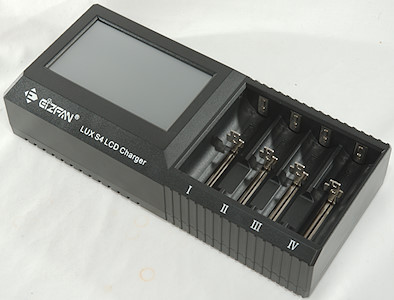
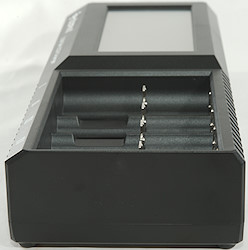

This is a analyzing charger from Efan (Eizfan), there is no buttons on it considering it uses a colour touchscreen for user interface.


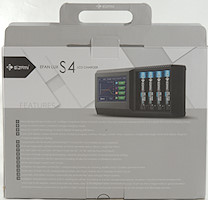

I got the charger in a cardboard box, if has a good pic of the charger and specifications on the back.
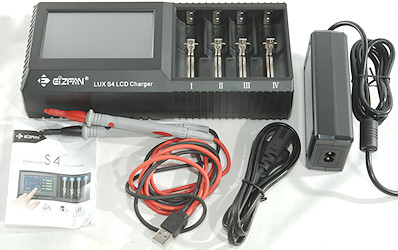
The pack included the charger, a ability supply, a mains cable, a transmission and probes for internal resistance measurement.
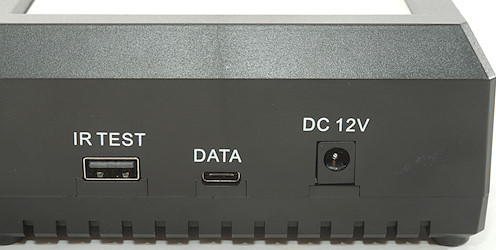
The charger apply 12V 5A power and the mains ability supply is included. The probes for internal resistance is continued to the "IR Examination" socket when measuring IR. The Information connector is for firmware upgrade


The charger shows a animation during ability on.
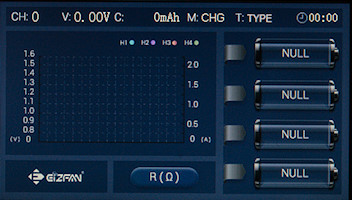
This is the idle movie when no batteries are in the charger. When a battery is put in the battery symbol is selected and it is possible to printing on it to select settings.
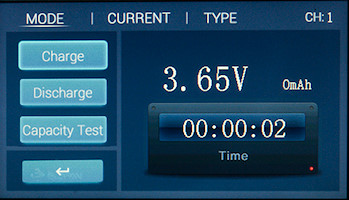
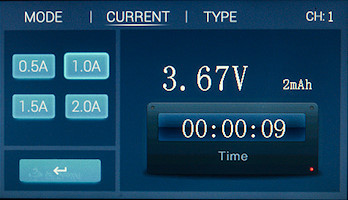
At that place are three settings screens, the first one for mode, the 2nd for current.
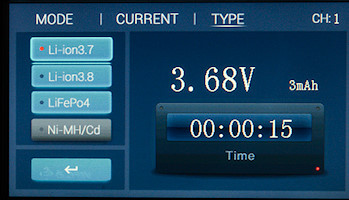
And the terminal for chemical science
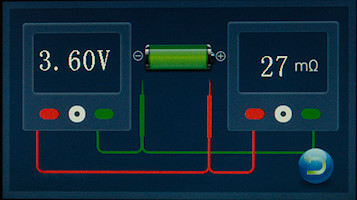
Pressing the "R" push button will prove the internal resistance measurement screen.



Some examples on charging/discharging screens, the curve is drawn while working and the horizontal calibration will change equally needed.
In that location is no indication of charge/discharge current, it must be inferenced from the slope of the voltage curve.
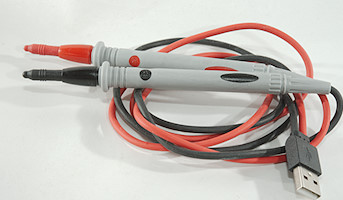
The probes for internal resistance measurement, they are not 4-concluding, but the circuit in the charger may eliminate the resistance in the connector.

The probes includes tip protectors
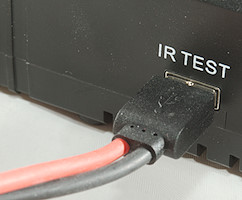
They are connected to the usb plug on the back of the charger.

And pressed against the bombardment ends to measure internal resistance.
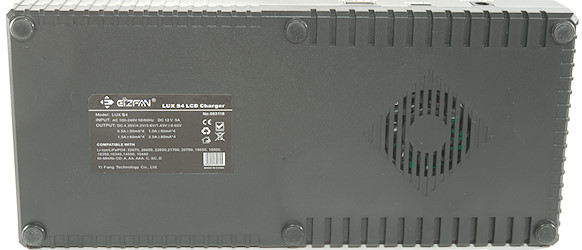
The charger has a small fan, it is temperature controlled and starts when needed, but it is rather noisy.
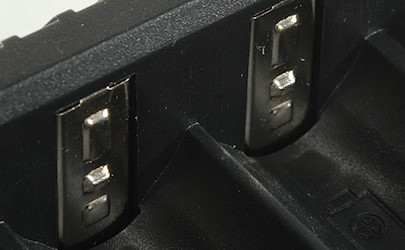
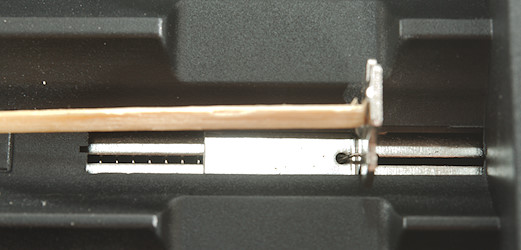
The charger has the usual slider structure. It tin handle from 33mm to 76mm, this is about common cells on the market place.


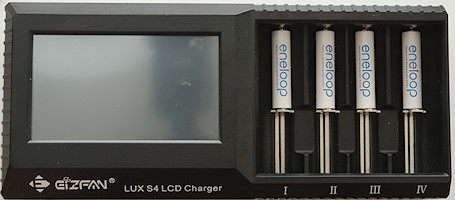
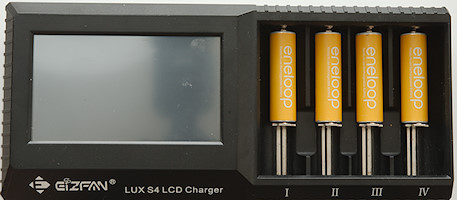


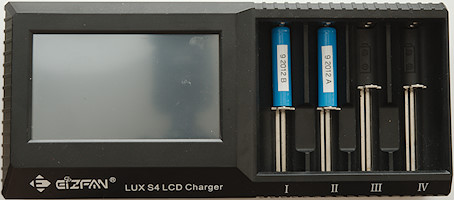
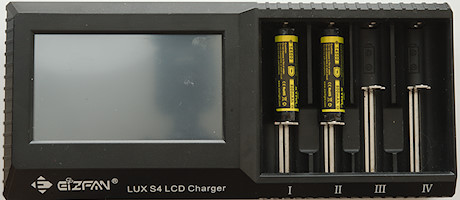
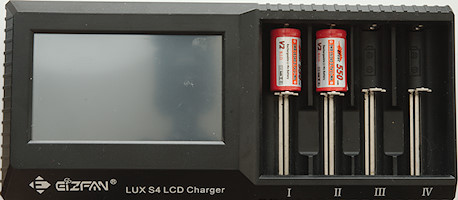
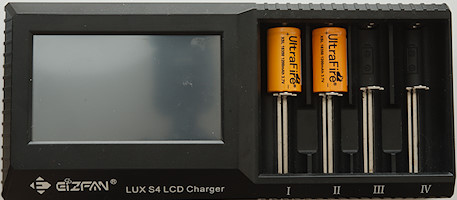

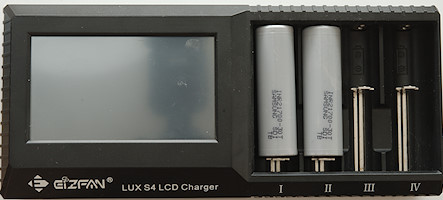

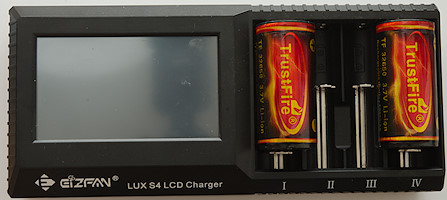
32xxx and D do non really fit in the charger, but information technology may be possible to put them in.
Measurements charger
- Power consumption when idle is 1.6 watt (The power supply uses 0.eleven watt in idle).
- Without power information technology will discharge a LiIon bombardment with about 0.5mA
- Without power information technology will belch a NiMH bombardment with about 0.1mA
- A full LiIon battery will be charged with 0.6ma
- Below 0.07V the charger will charge will report fault
- Up to 2V the charger assumes NiMH
- Above 2V the charge assumes LiIon.
- Charger will restart if battery voltage drops below 3.9V in iv.20V mode
- The charger will restart when a battery is inserted or ability is cycled.
- The meter has a minimum readout of 0.5V
- Upwardly to 0.8V the meter is not very precise.
- From 0.8V to maximum the meter is within 0.05V
- The meter will never testify above maximum battery voltage (3.60V, 4.20V, iv.35V)
Current tin be selected from 0.5A, 1A, 1.5A and 2A, default is 1A.
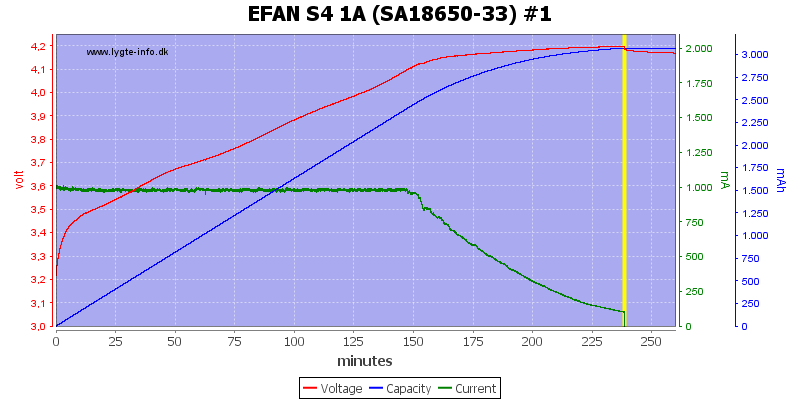
This is a overnice CC/CV charge curve with termination at around 100mA.
Display shows 3084mAh and 3:58
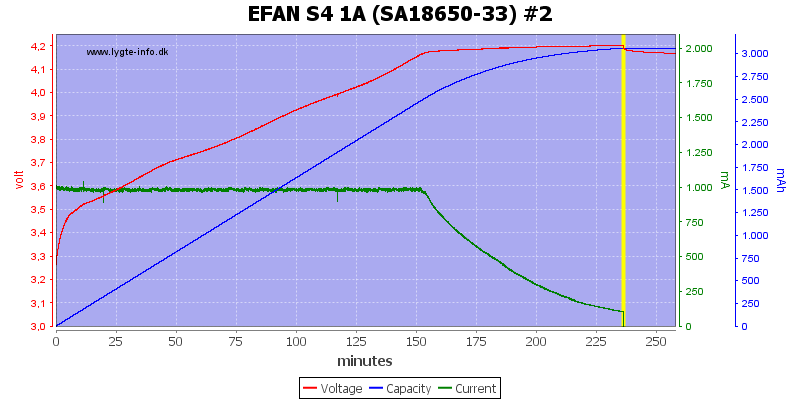
Display shows 3071mAh and 3:56
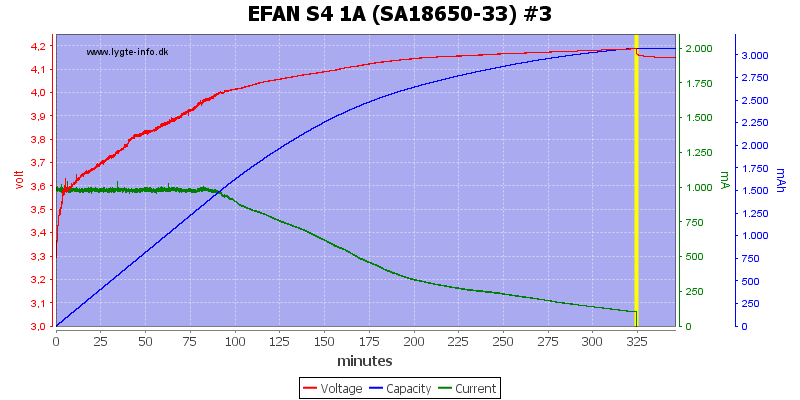
Brandish shows 3106mAh and 5:25
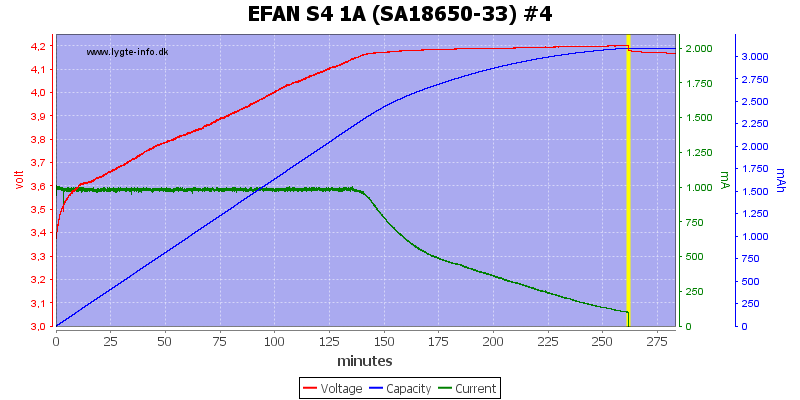
The other 3 channels works the same way.
Display shows 3096mAh and iv:22
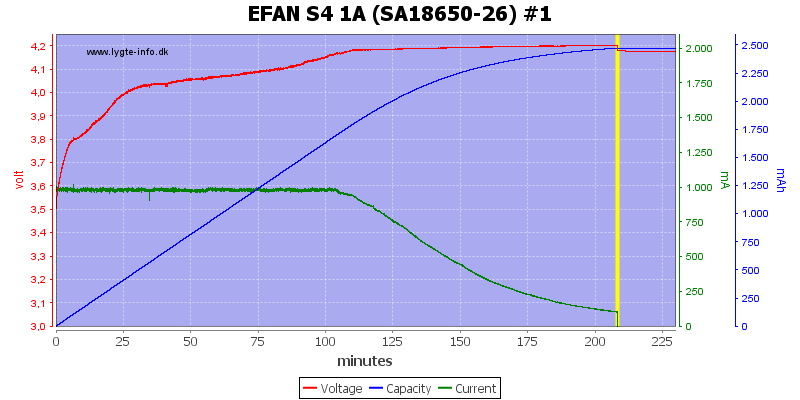
Display shows 2485mAh and 3:28
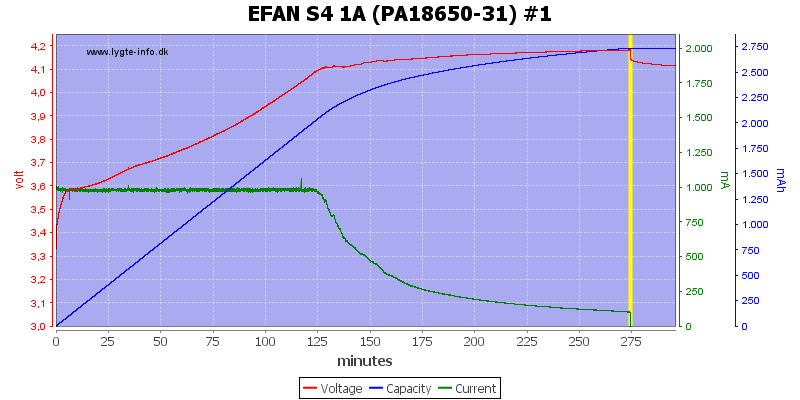
No problem with other capacities.
Brandish shows 2747mAh and 4:34
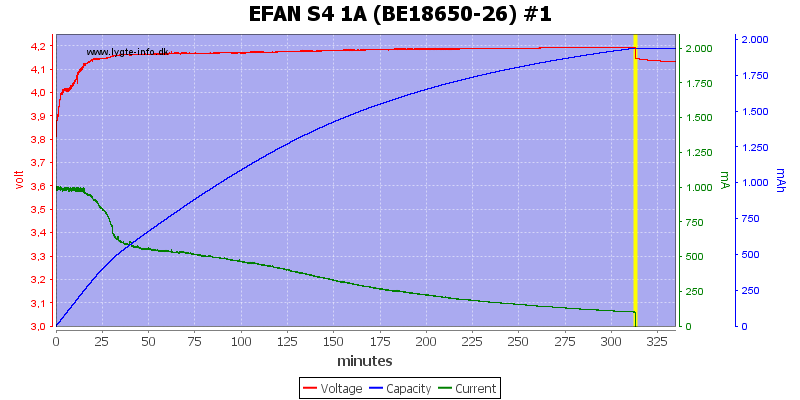
The quondam cell goes into CV way adequately fast and too stops when the electric current is down to 100mA
Display shows 1940mAh and v:13
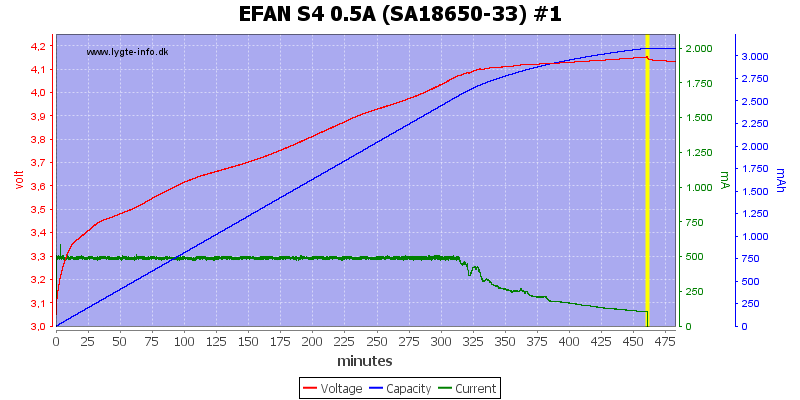
Lower charge current ways longer charge time and slightly lower charge voltage, the termination current is the same.
Display shows 3064mAh and 7:42
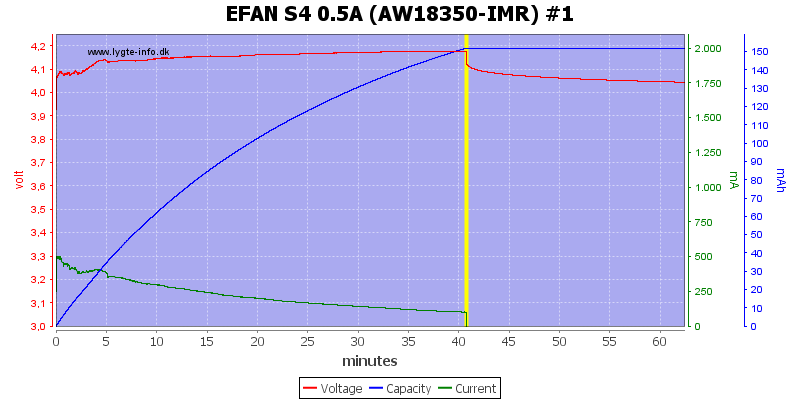
This quondam and worn downward cell is handled every bit fine as possible with 100mA termination current.
Brandish shows 151mAh and 0:40
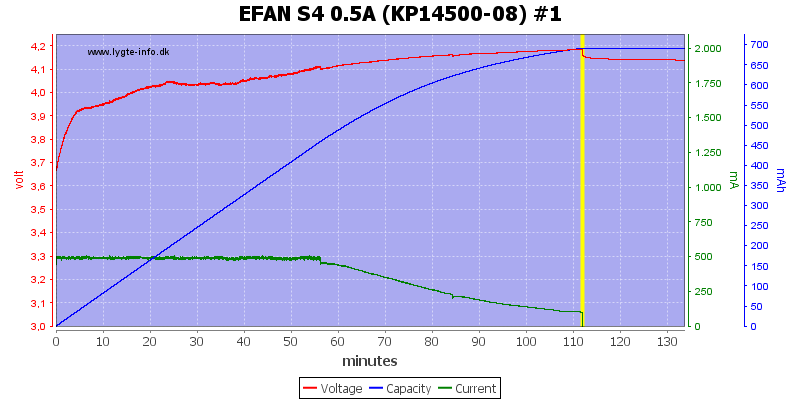
Same with this cell.
Display shows 688mAh and ane:52

The one.5A setting is fine for 3000mA and larger cells, information technology volition charge a flake faster than the 1A setting.
Display shows 3152mAh and 3:21
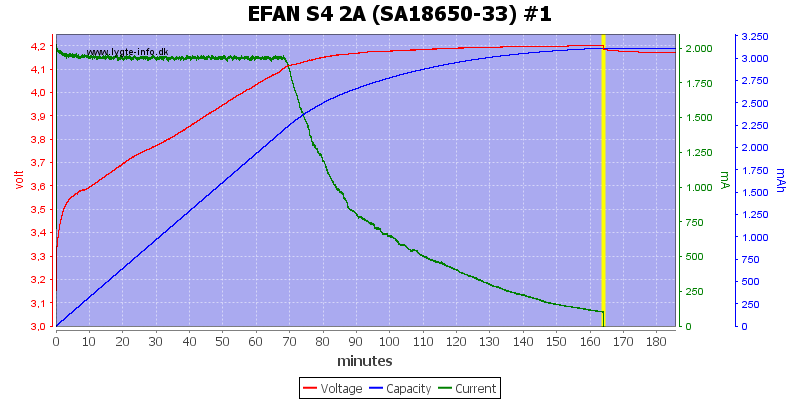
The charger tin also charge with 2A, the termination electric current is 100mA. The charging is for loftier current cells and larger cells it is faster than 1A/ane.5A, but there can exist a long CV stage.
Brandish shows 3212mAh and 2:43
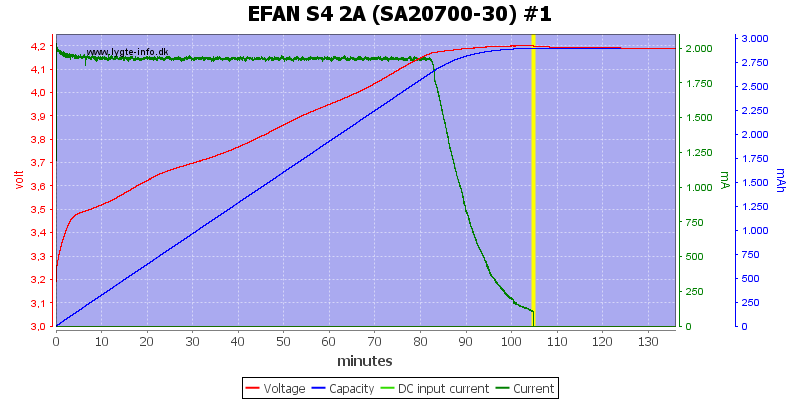
Charging a loftier current cell at 2A is faster, there the CV phase is adequately short.
Brandish shows 3024mAh and ane:44
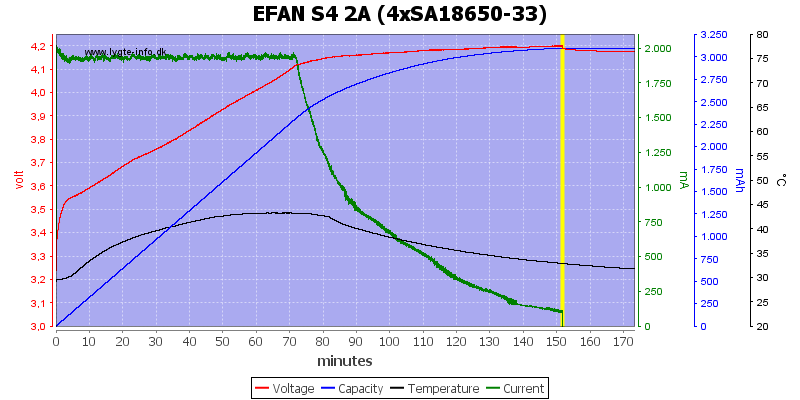
The charger can accuse 4 batteries at 2A
Display shows 3188mAh,3209mAh,3173mAh,2420mAh and ii:30, two:26, 2:21, ii:06
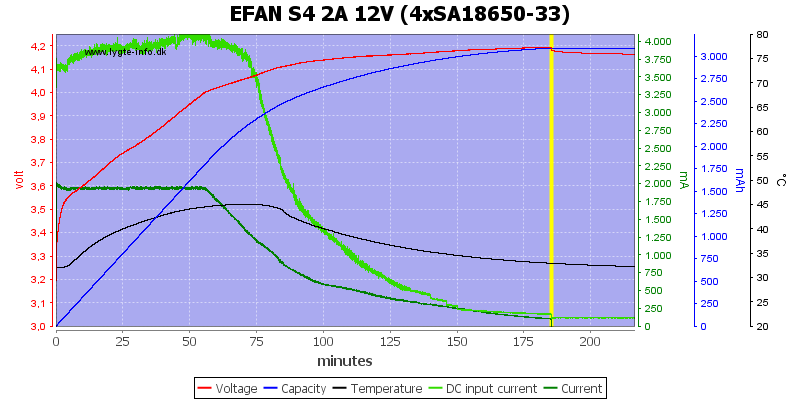
It need well-nigh 4A from 12V to do information technology.
Brandish shows 3159mAh, 3241mAh, 3205mAh, 3151mAh and iii:04, two:25, ii:19, two:29
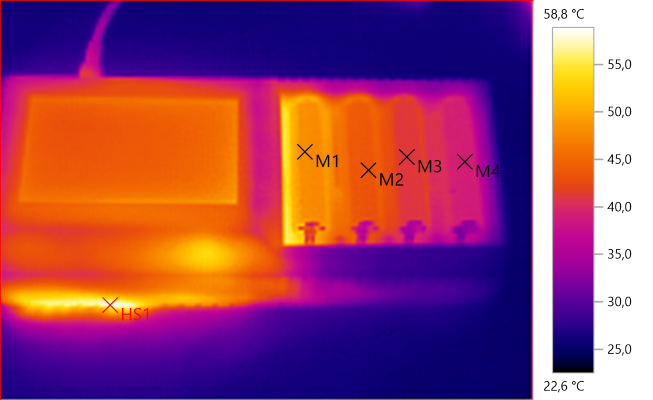
When charging 4x2A information technology do get a bit warm, especially the battery nearest the brandish.
M1: 48.1�C, M2: 43.vi�C, M3: 41.0�C, M4: 39.0�C, HS1: 58.8�C
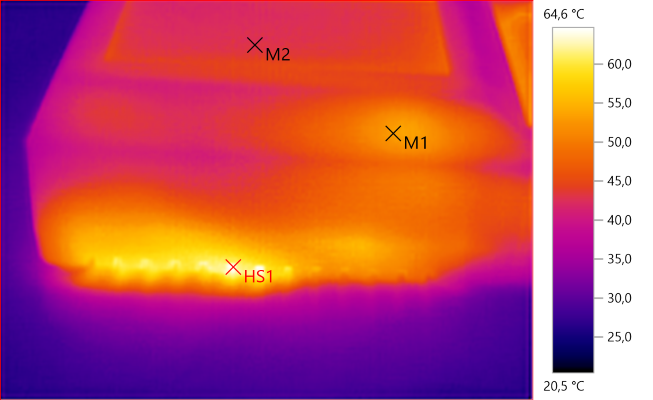
M1: 53.0�C, M2: 43.0�C, HS1: 64.vi�C
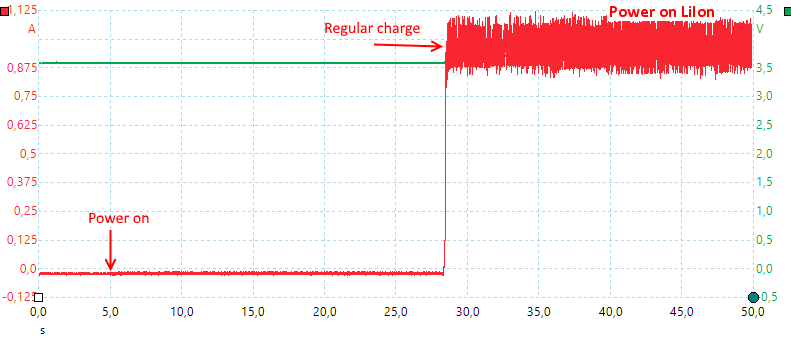
The charger starts very slowly, this gives the user time to change style or battery type.

It is possible to alter current at any time during the accuse.
Discharging 4.2V LiIon
Discharging is with a constant 0.5A current.
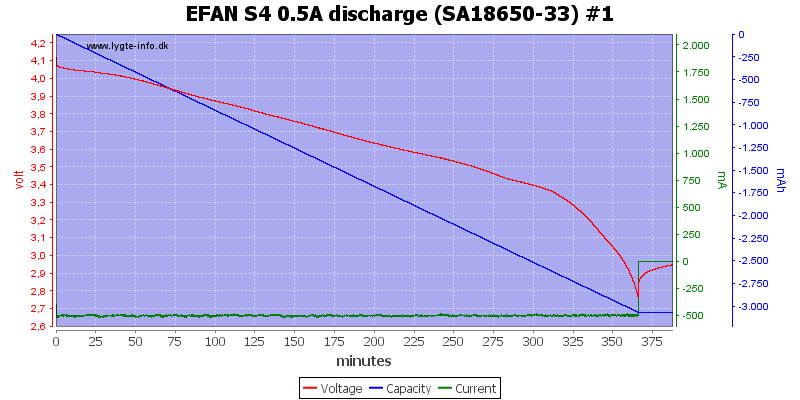
The charger will discharge to about two.8V with a constant current, i.eastward. not PWM.
Display shows 2995mAh and vi:06
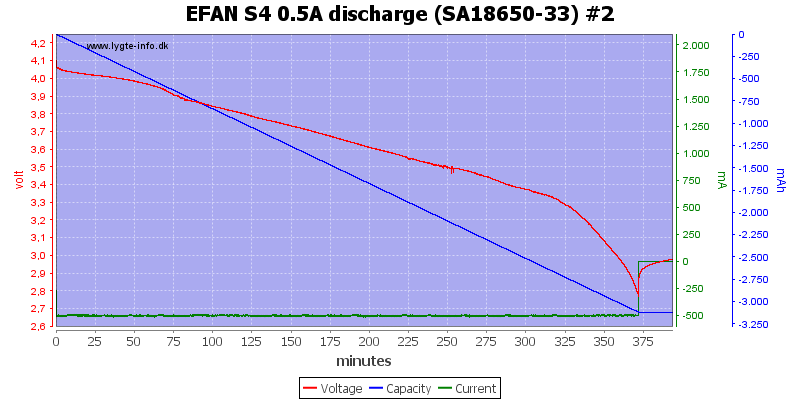
Display shows 3044mAh and 6:12
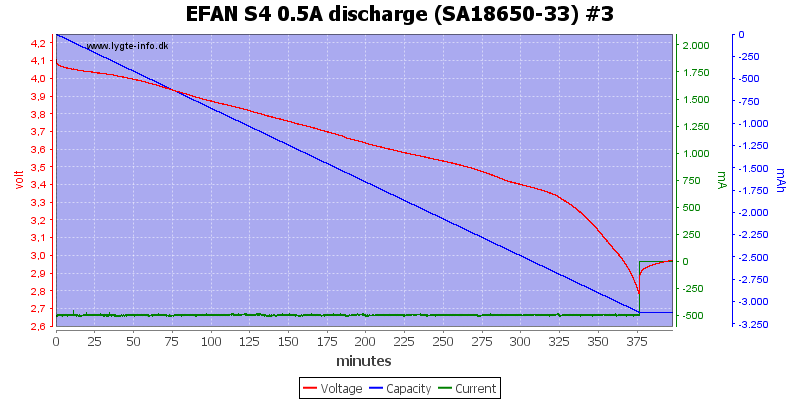
Brandish shows 3074mAh and half dozen:xvi
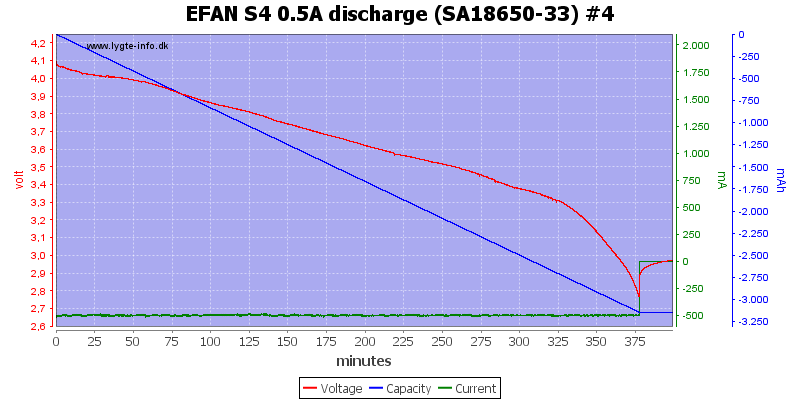
The other slots await similar.
Display shows 3085mAh and 6:fourteen
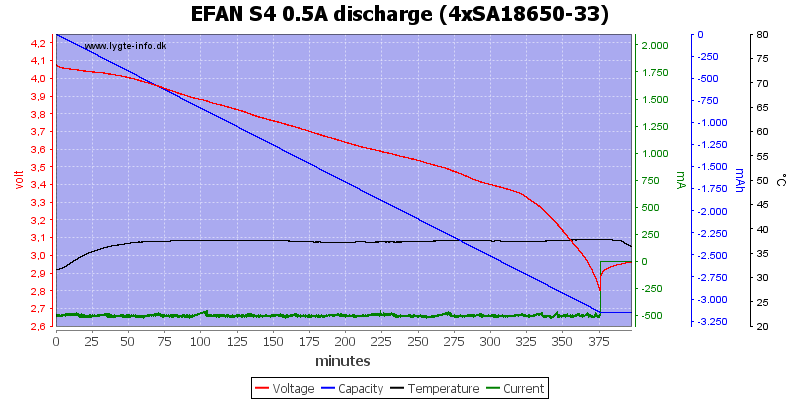
With a fan in the charger information technology is no problem discharging 4 batteries.
Display shows 3070mAh ,3185mAh ,3149mAh ,3079mAh and 6:xvi, half dozen:29, 6:25, half-dozen:17
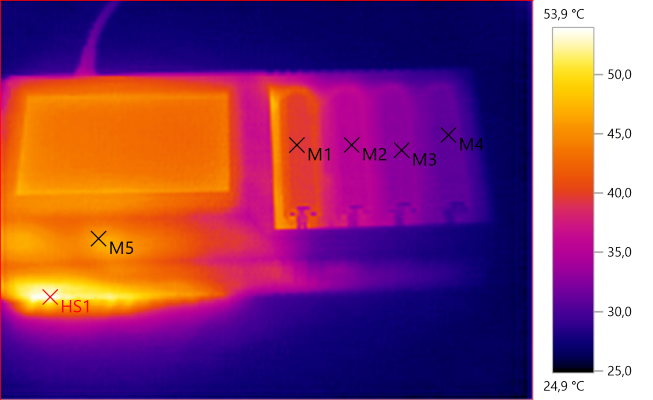
M1: 39.seven�C, M2: 35.2�C, M3: 32.7�C, M4: 30.9�C, M5: 46.2�C, HS1: 53.nine�C
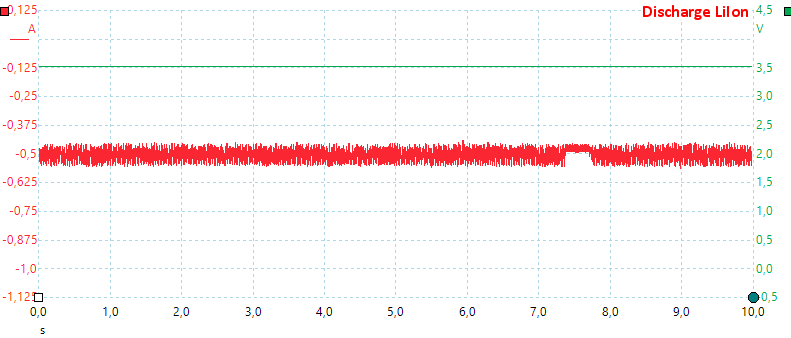
No PWM when discharging.
Capacity exam 4.2V LiIon
A capacity test consist of charging the bombardment, discharging it and final charging it again. The discharge current is stock-still at 0.5A, the two accuse cycles can be selected from 0.5A, 1A, i.5A and 2A, default is 1A
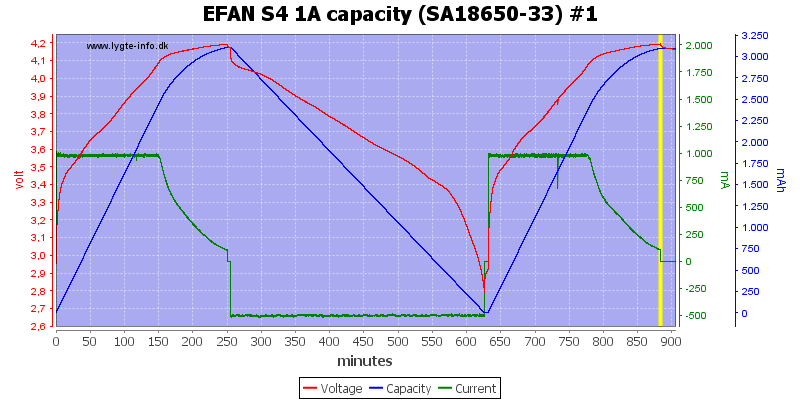
Display shows 3037mAh and 14:45
Charging 4.35V LiIon
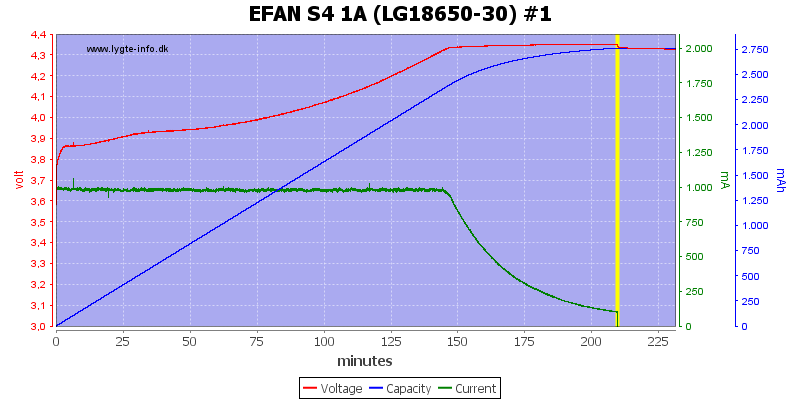
Charging a four.35V cell looks fine enough.
Display shows 2777mAh and 3:29
Charging 3.6V LiIon (LiFePO4)
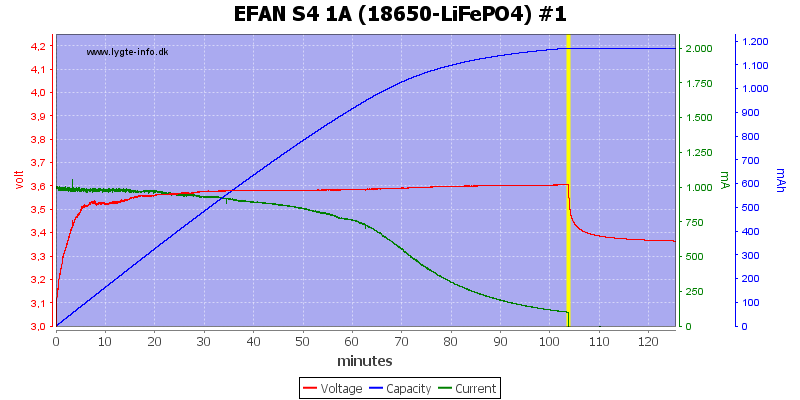
Display shows 1185mAh and ane:43
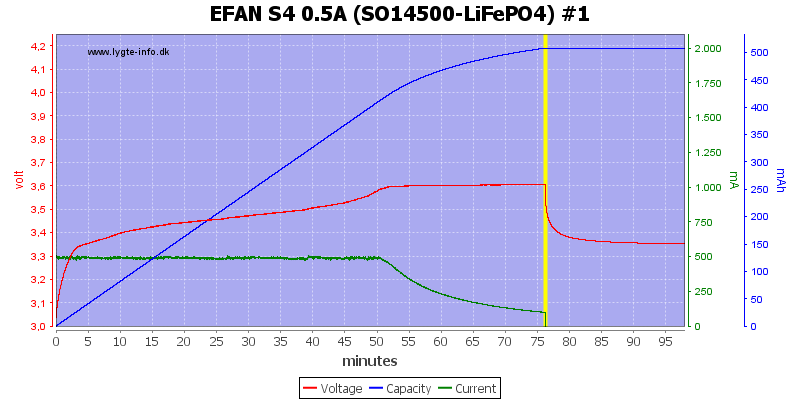
Charging LiFePO4 also looks fine enough.
Brandish shows 508mAh and one:16
Measuring Internal Resistance LiIon
The charger do not measure internal resistance in the slots, but uses an external probe.
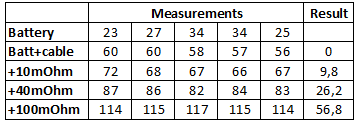
The results looks fairly consistency but the values is not correct, especially the +100mOhm is manner to low.
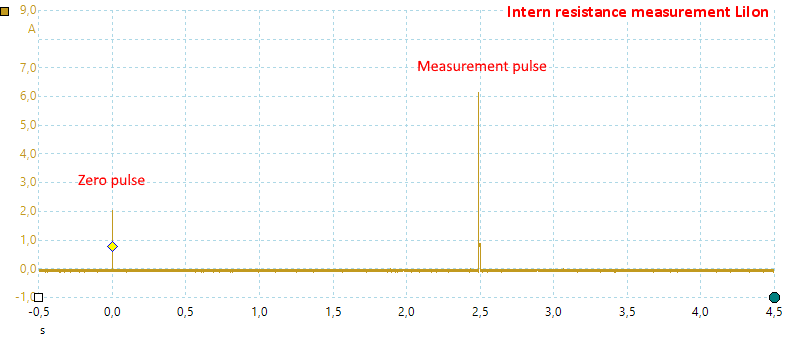
The measurement is done with two pulses, at the first pulse the brandish will testify voltage and 0mOhm, at the next pulse the measured resistance will be shows.
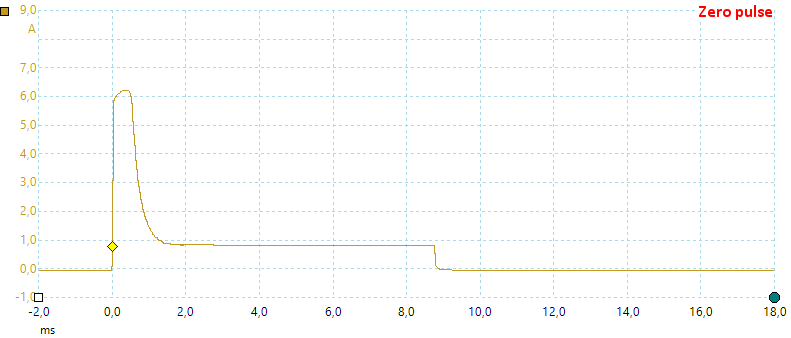
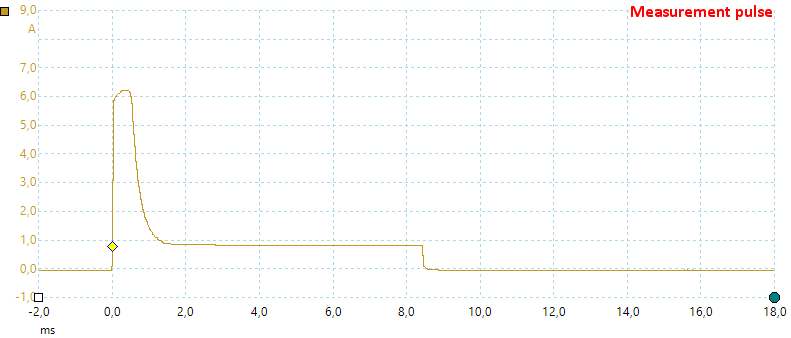
Information technology looks similar a hardware issues with a initial 6A+ electric current depict and so dropping to around 1A. I volition not await this to bear upon the measurement.
Charging NiMH
Current can exist selected from 0.5A, 1A, 1.5A and 2A, default is 0.5A. When charging starts the electric current is locked and cannot exist inverse.
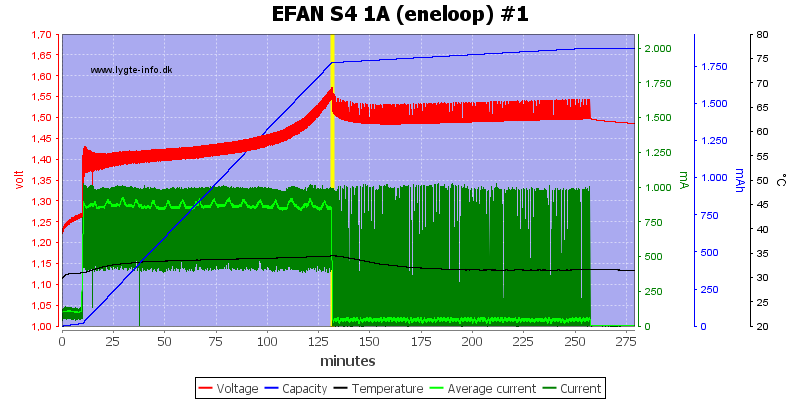
The charging is terminated on voltage and so followed by a ii 60 minutes trickle/top-off charge. The termination looks to be just before the temperature raises to signal total cell. The measured mAh is a chip on the low side.
Display shows 1525mAh and 2:11
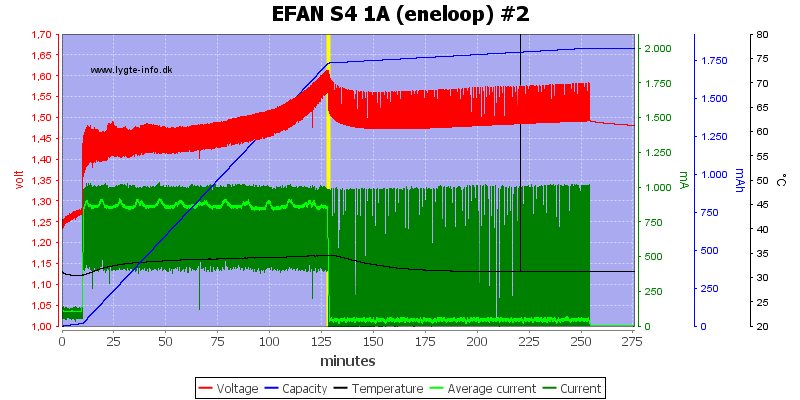
Display shows 1483mAh and 2:08

Display shows 1536mAh and 2:12
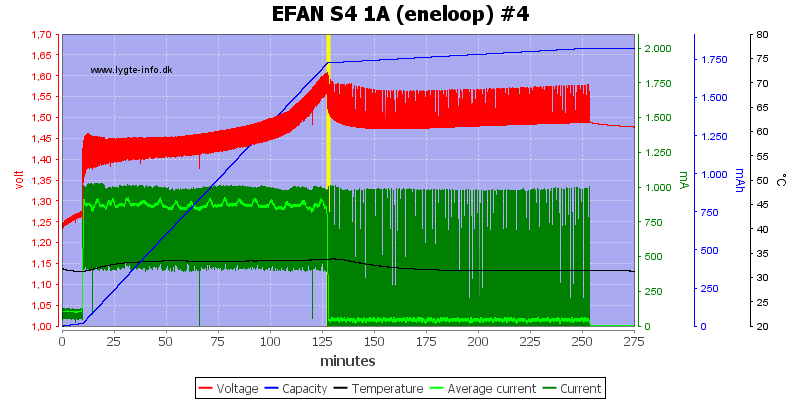
All slots looks similar.
Display shows 1478mAh and 2:07
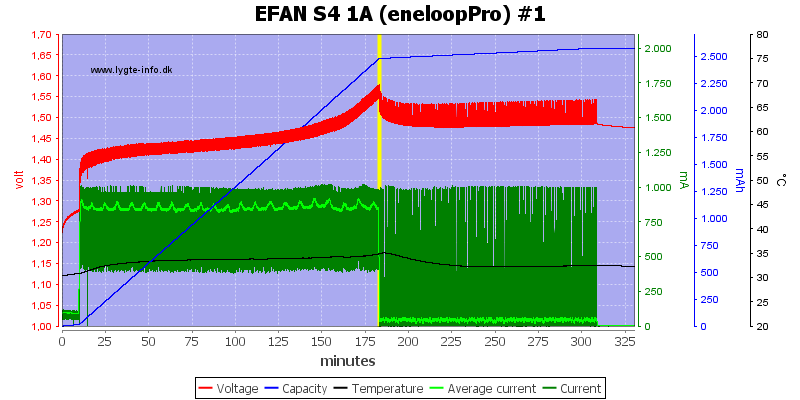
The Pro is charged the same manner.
Display shows 2165mAh and 3:03
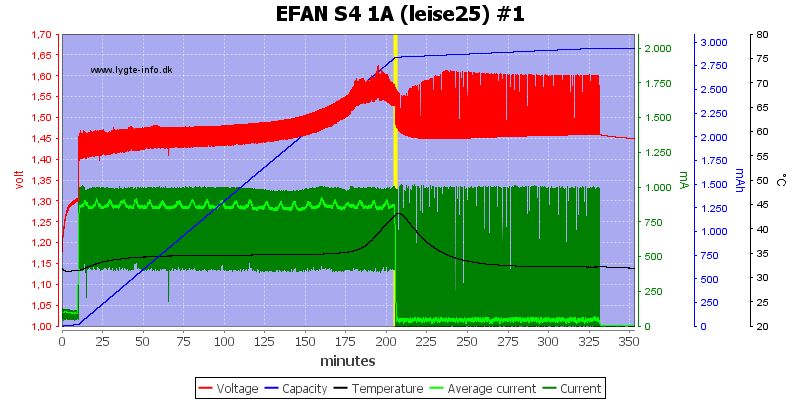
The Leise cell is filled completely (Temperature increases).
Display shows 2440mAh and three:25

No surprise with the AAA
Display shows 589mAh and 1:42
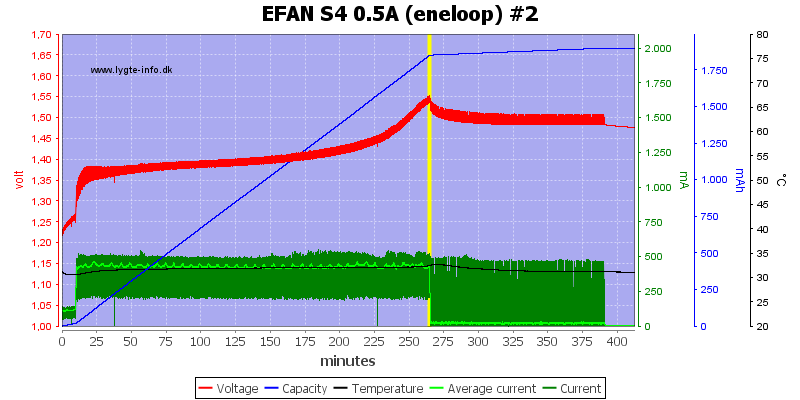
The charger has no trouble terminating at low charge current, because it uses voltage termination.
Display shows 1601mAh and 4:25
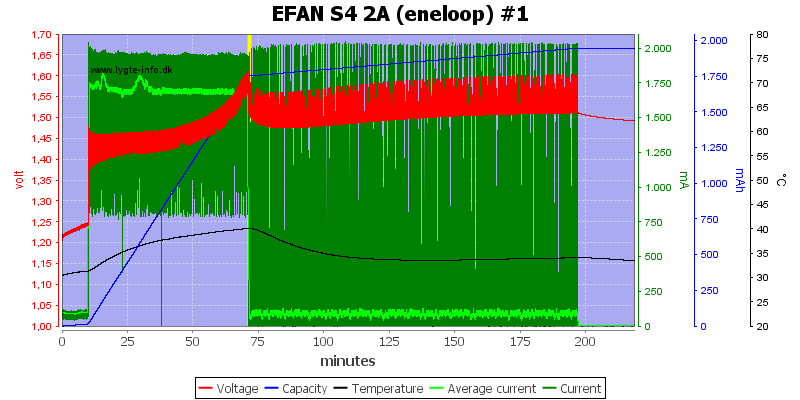
It tin besides charger NiMH at 2A, due to the measurement pauses the average current is a bit below 2A.
Brandish shows 1528mAh and one:ten
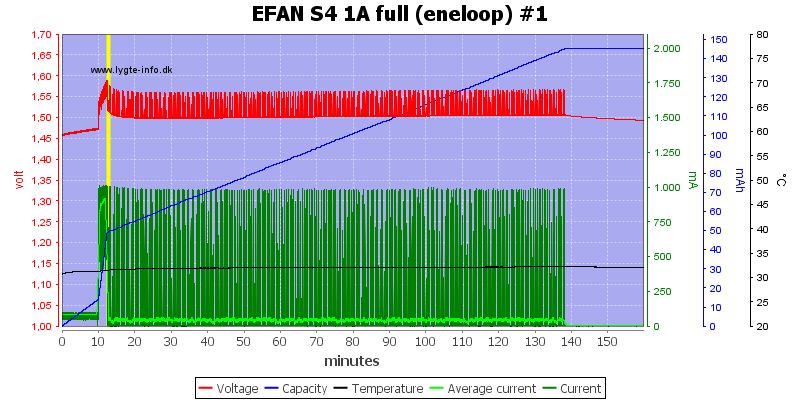
A total jail cell was not detected earlier information technology went to full accuse current, but information technology is all the same a adequately fast detection. Equally usual it adds the two hour top-off charge.
Display shows 41mAh and 0:12
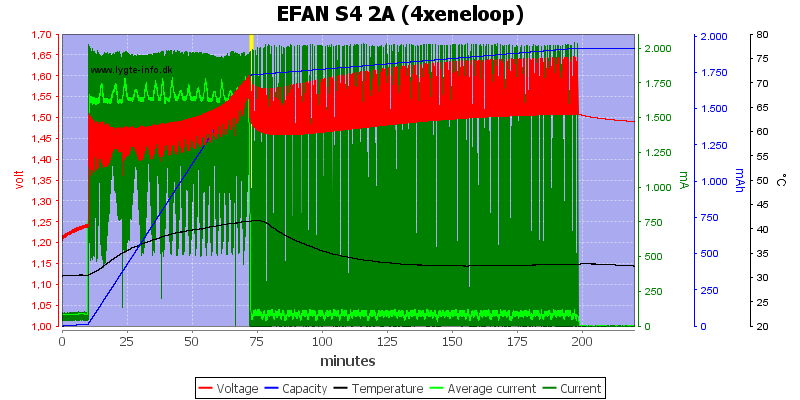
The charger can charge 4 NiMH with 2A each at the same time.
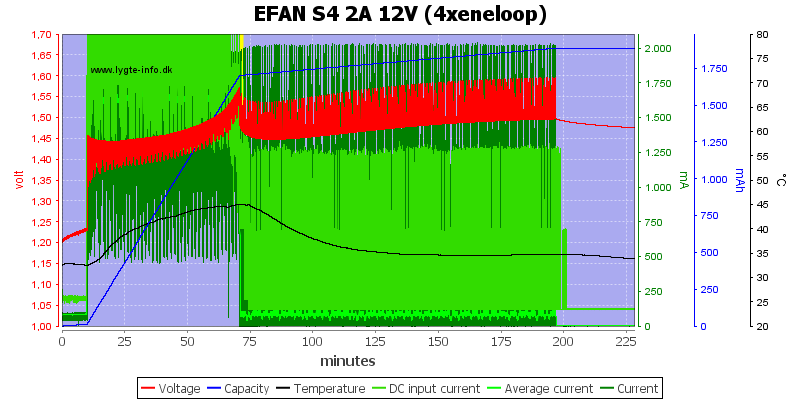
Charging at 4x2A requires about 2A from the power supply
Brandish shows 1514mAh ,1622mAh ,1564mAh ,1438mAh and 1:10, 1:fourteen, one:12, 1:07
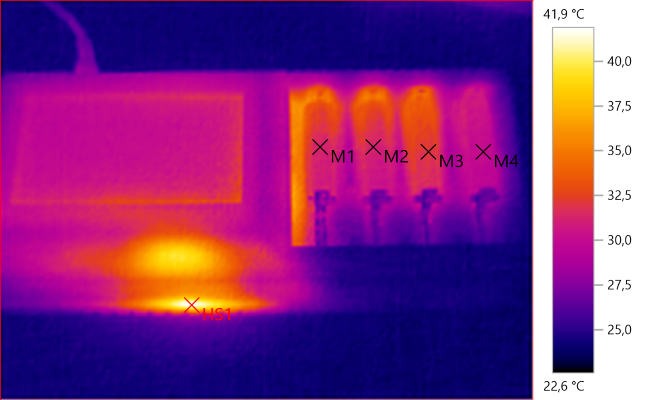
At that place is not much heat when charging AA cells.
M1: 31.three�C, M2: 31.three�C, M3: 32.three�C, M4: 30.2�C, HS1: 41.9�C
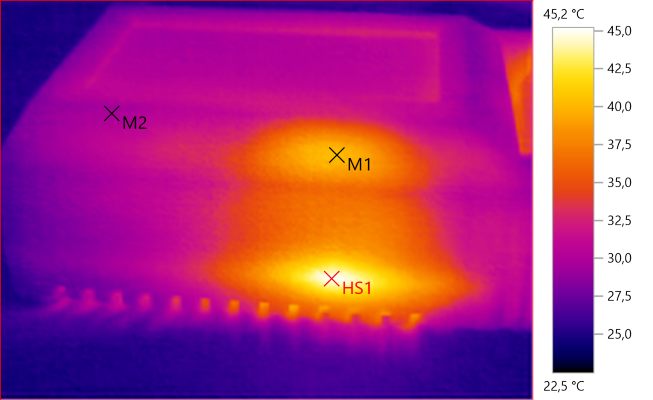
M1: 40.2�C, M2: 30.0�C, HS1: 45.2�C
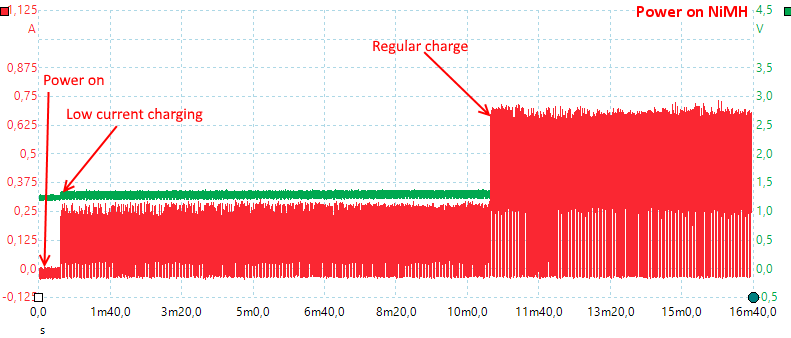
The charger has the aforementioned startup sequence equally LiIon, simply in improver it uses a low charge current for the beginning 10 minutes.
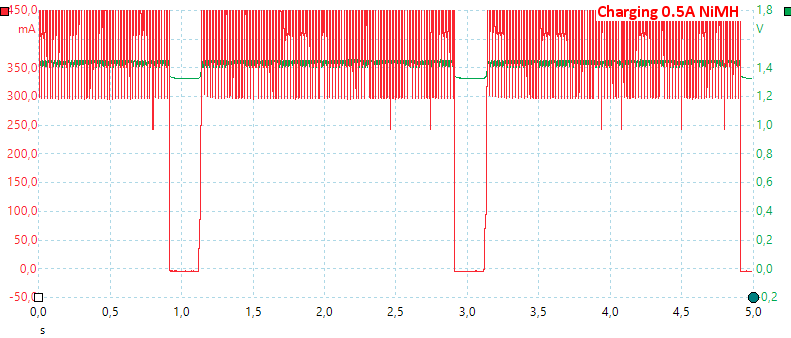
As is common with all NiMH chargers the electric current is turned off to measure the NiMH voltage.
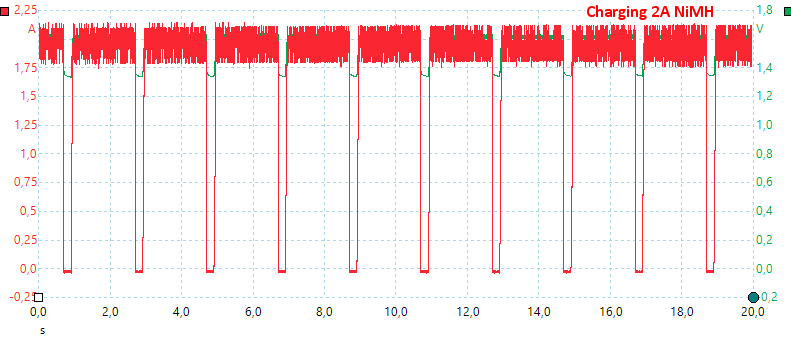
It is the same at 2A.
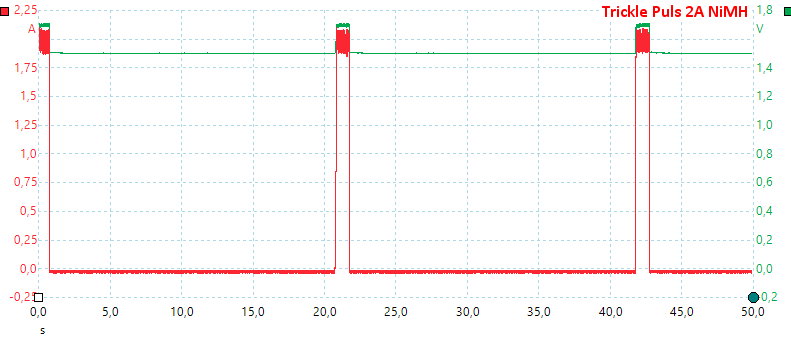
The top-off/trickle charging is pulses
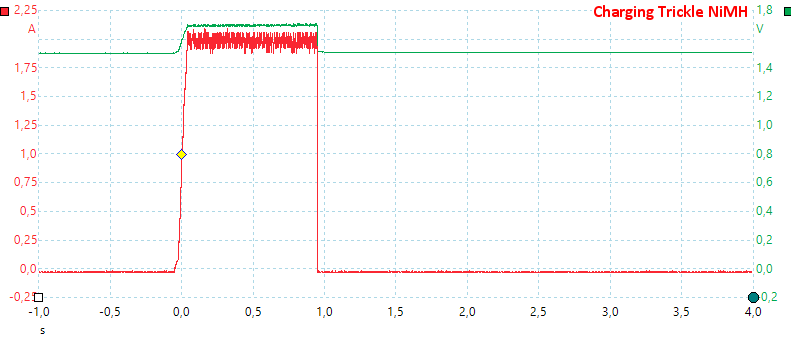
Each pulse is about 1 2d wide with 20 second betwixt pulses, this gives an boilerplate electric current of 100mA when using 2A charging. The current will calibration with selected charge current.
Discharging NiMH
Discharging is with a constant 0.5A electric current.
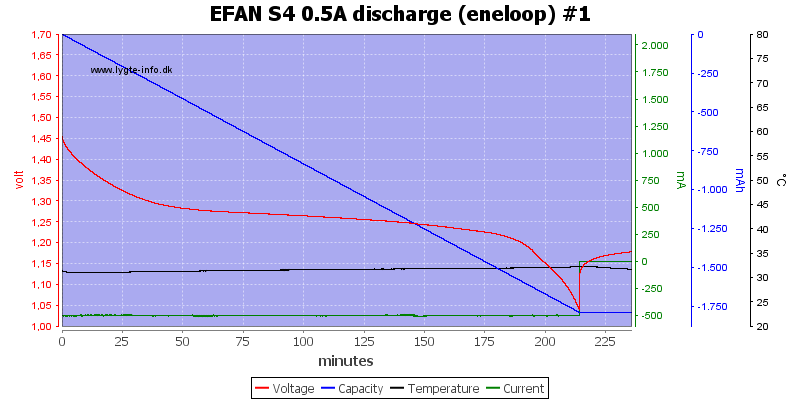
The batteries are discharged to almost 1.05V with a constant current.
Display shows 1847mAh and 3:34

Display shows 1770mAh and iii:25
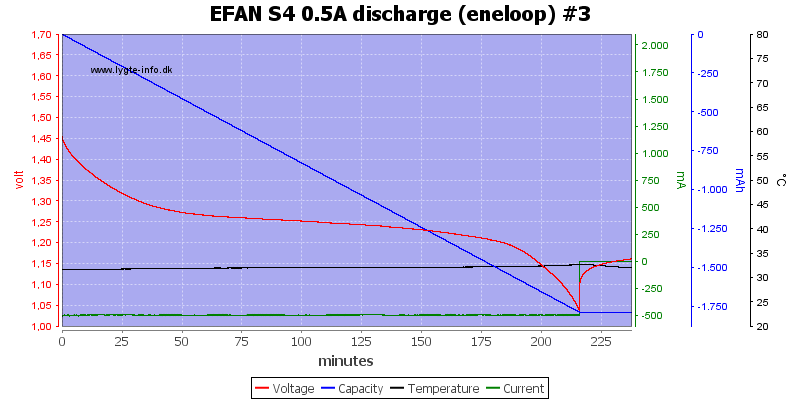
Display shows 1862mAh and three:36
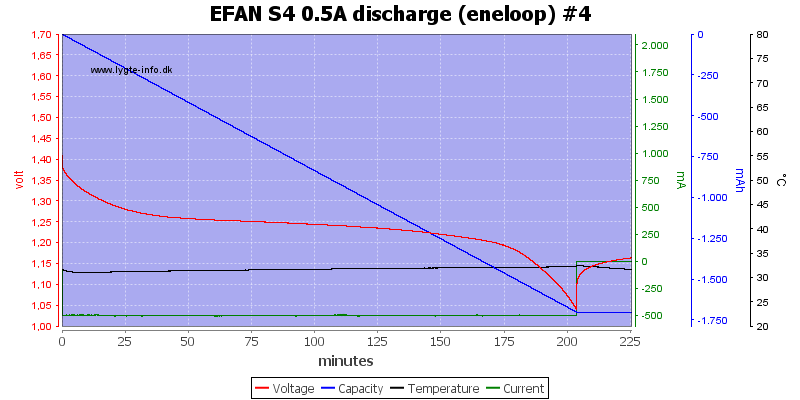
All 4 slots looks like.
Display shows 1758mAh and 3:24
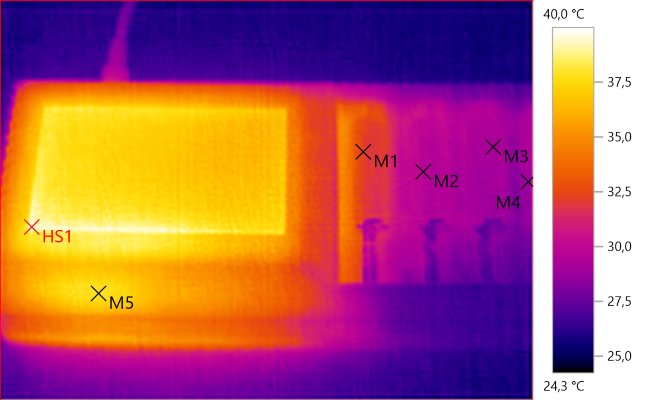
M1: 32.ii�C, M2: 29.6�C, M3: 29.1�C, M4: 29.0�C, M5: 37.viii�C, HS1: 40.0�C
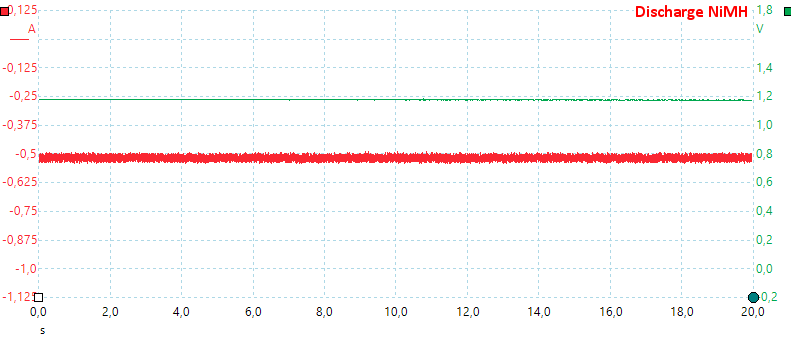
No pwm when discharging.
Capacity NiMH
A capacity test consist of charging the battery, discharging it and final charging it once more. The belch electric current is fixed at 0.5A, the ii charge cycles tin exist selected from 0.5A, 1A, i.5A and 2A, default is 0.5A
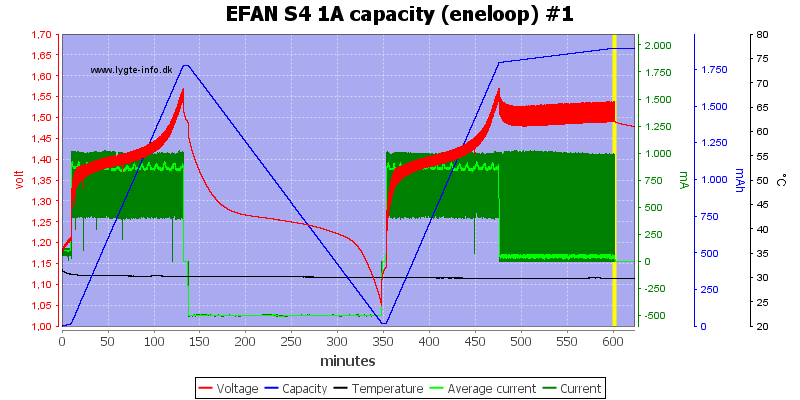
Display shows 1818mAh and 7:55
Measuring Internal Resistance NiMH
The charger exercise non measure internal resistance in the slots, but uses an external probe.
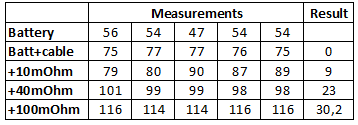
The measurement is adequately consistent, but I am not very impressed with the results here.
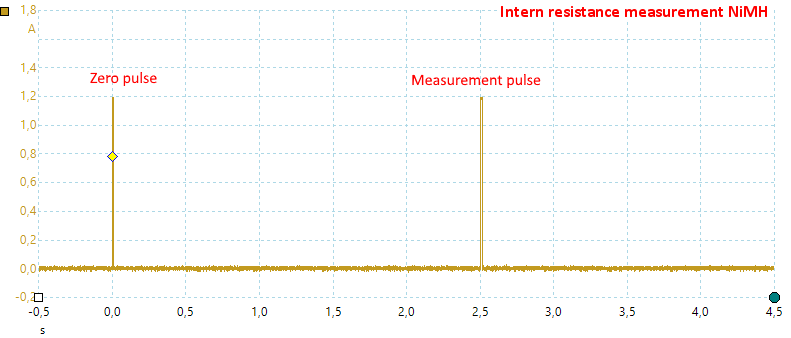
The measurement is done with two pulses, at the first pulse the display will show voltage and 0mOhm, at the next pulse the measured resistance will exist shows.
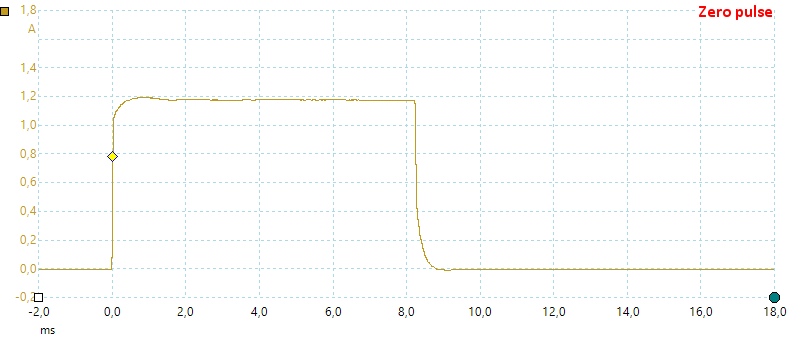
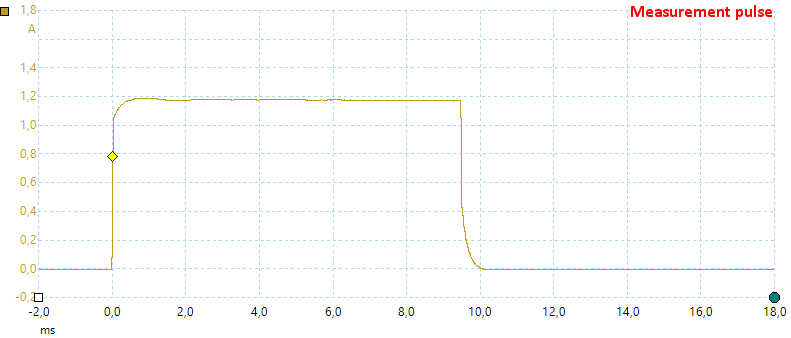
These pulses looks fine enough.
Testing with 2830 volt and 4242 volt betwixt mains and low volt side, did not testify any safety problems.
Conclusion
This is a adequately advanced charger with belch and capacity measurements and 3 LiIon chemistries. The color screen with touch works fine and may allow for updates afterward on. The charger shows all relevant data on the primary screen, only only for one cell at a time.
By and large it is a good charger and analyzer, but capacity when charging NiMH (Discharge and chapters examination is fine) and IR measurements are not reliable with the current software.
Notes
The charger was supplied past Efan for review.
Hither is an explanation on how I did the above accuse curves: How exercise I test a charger
Source: https://lygte-info.dk/review/Review%20Charger%20Efan%20Lux%20S4%20LCD%20charger%20UK.html
0 Response to "Efan Lux S4 Touch Screen Lcd Battery Charger Reviews"
Post a Comment